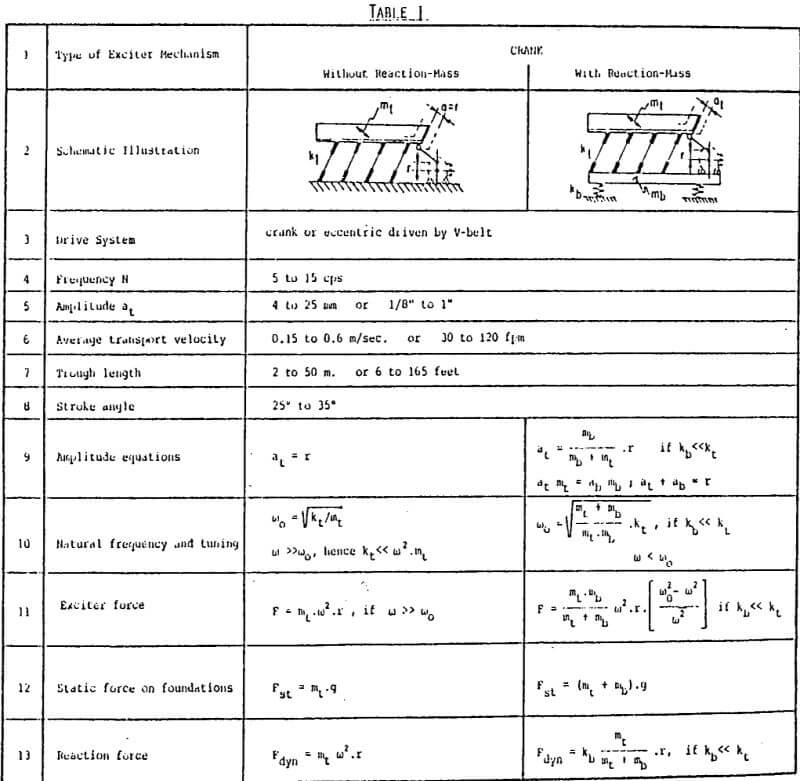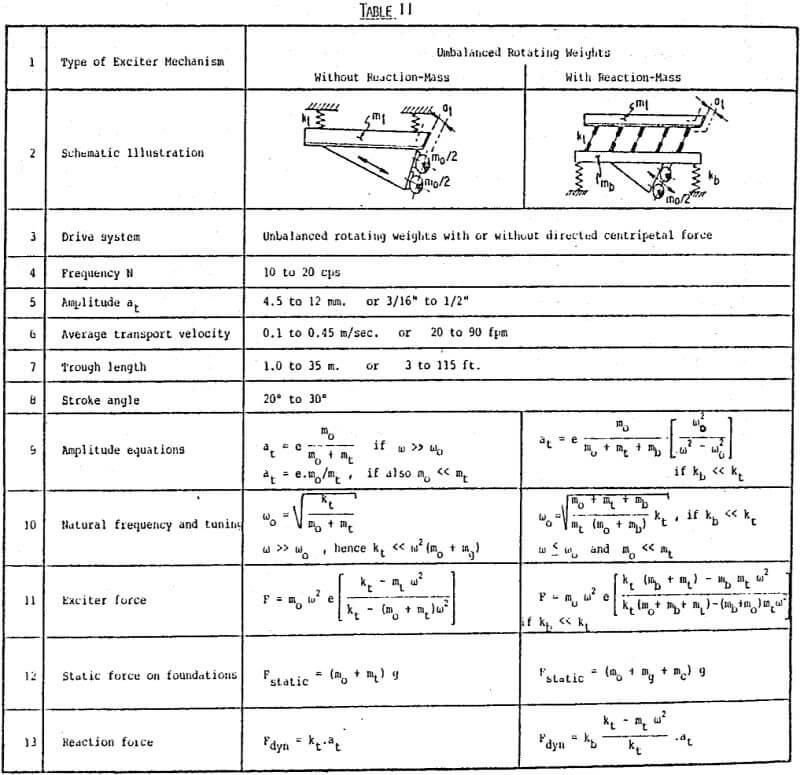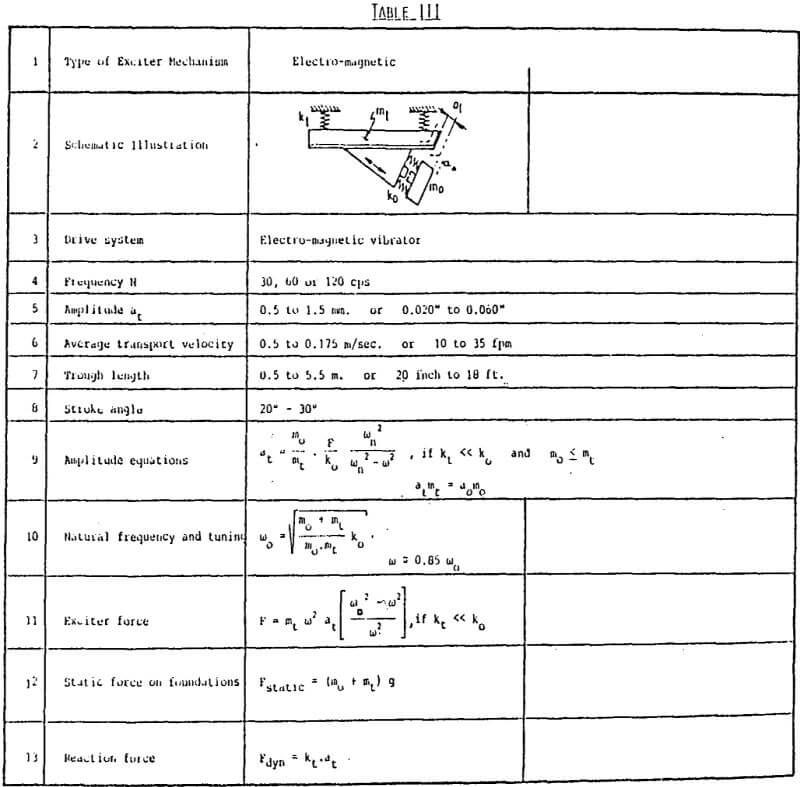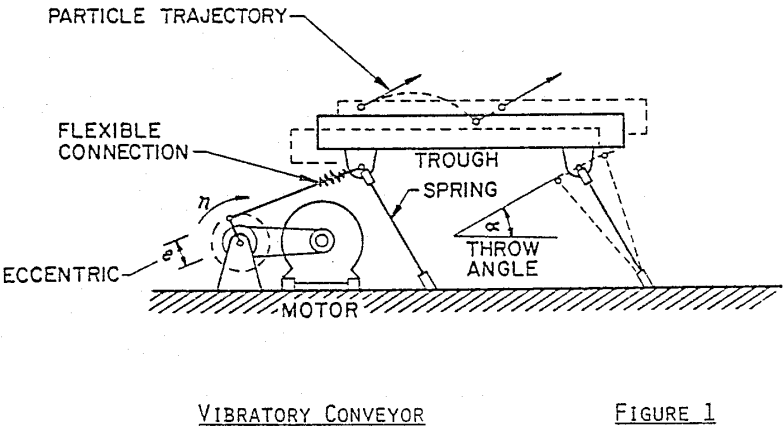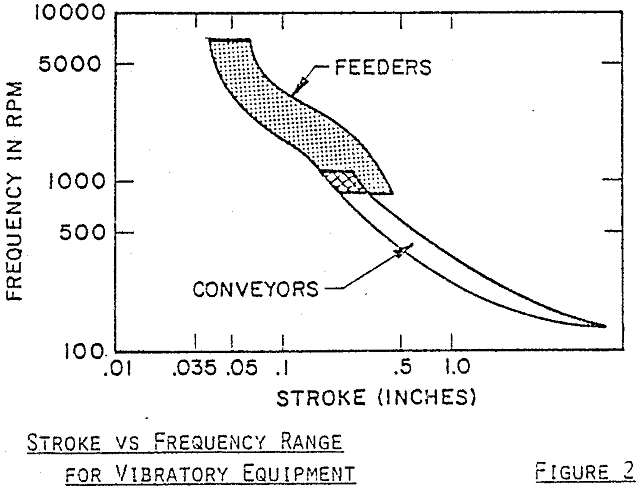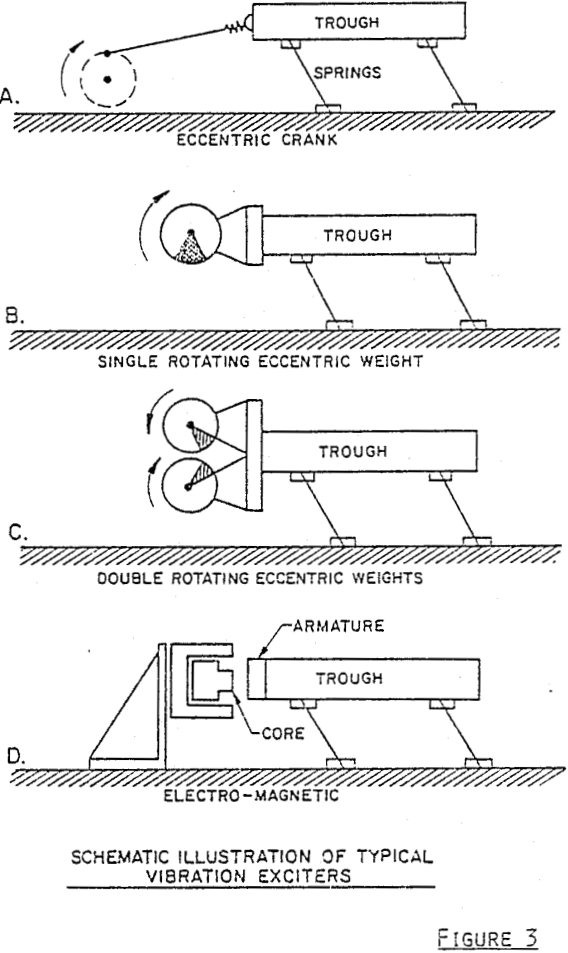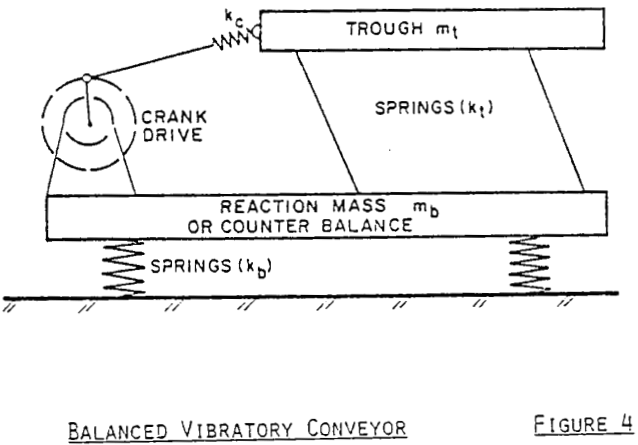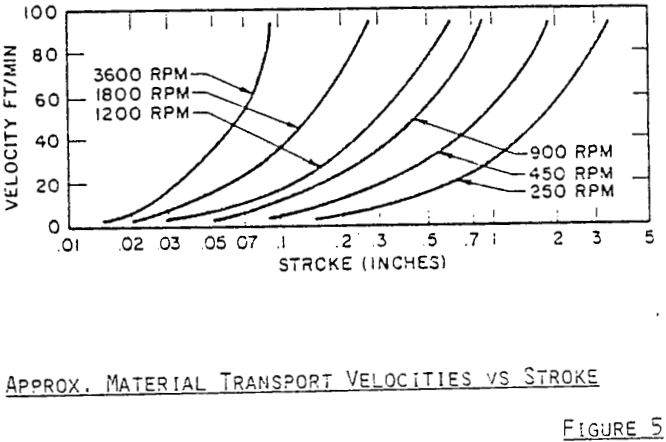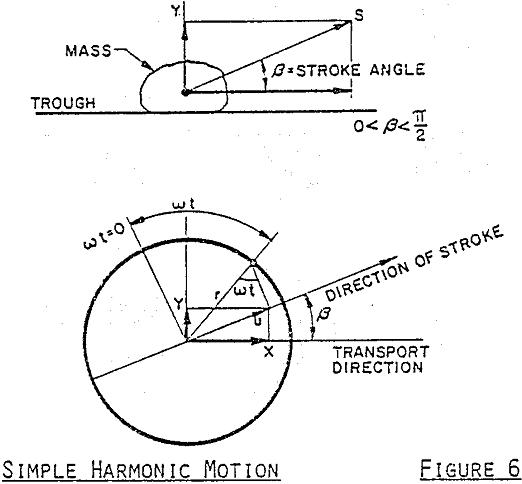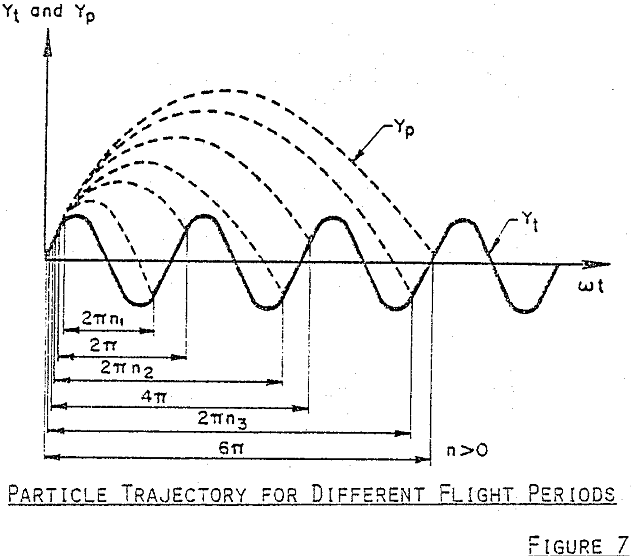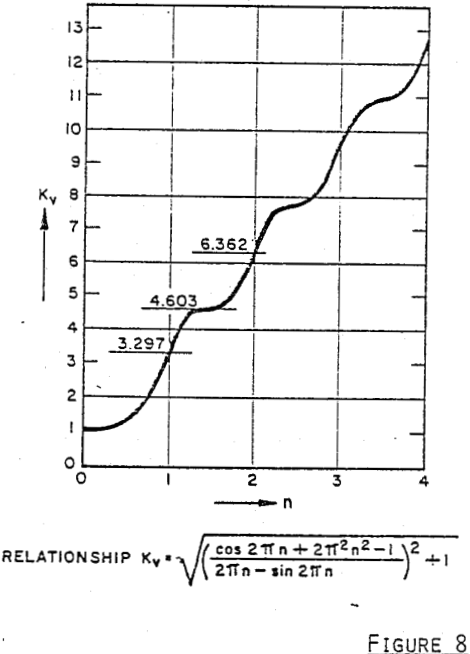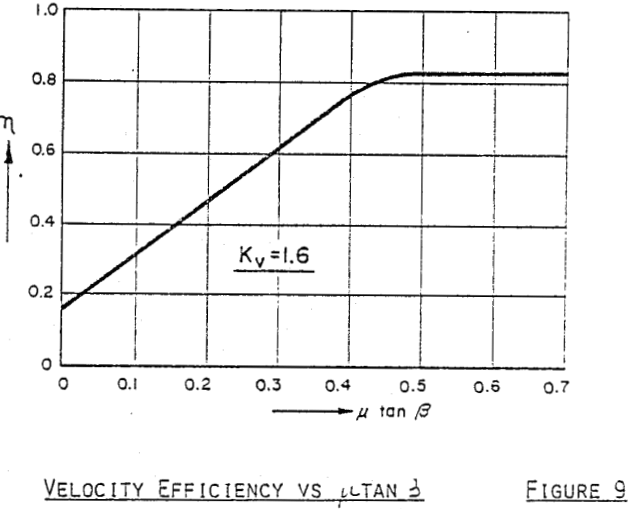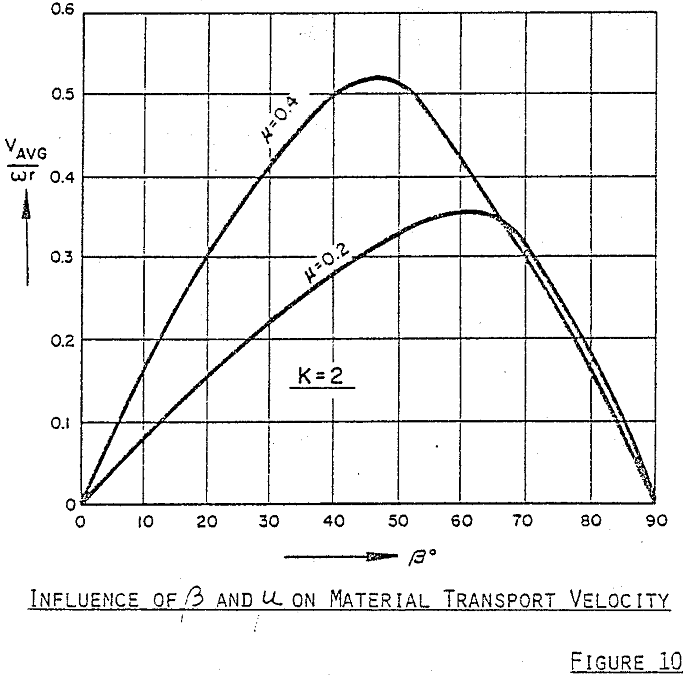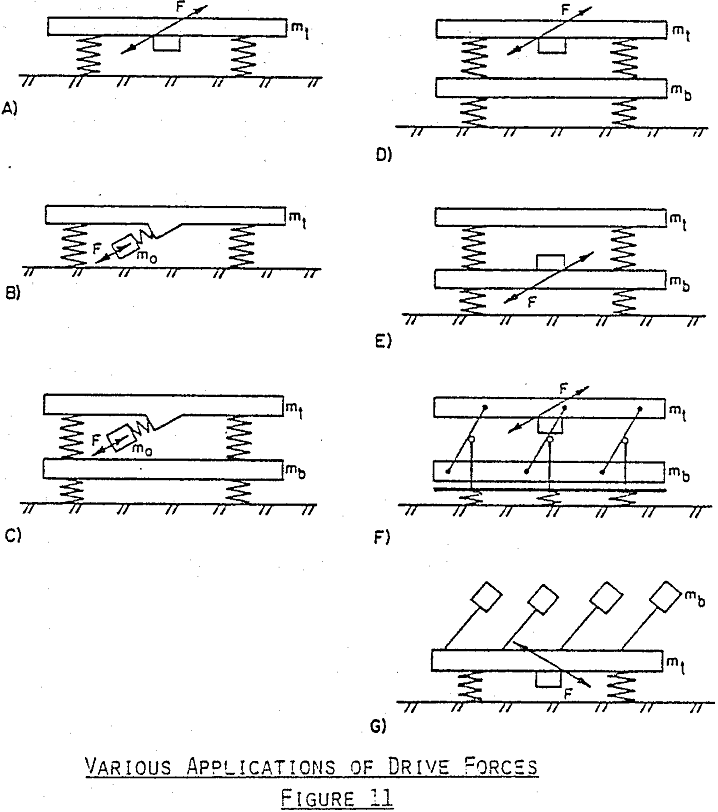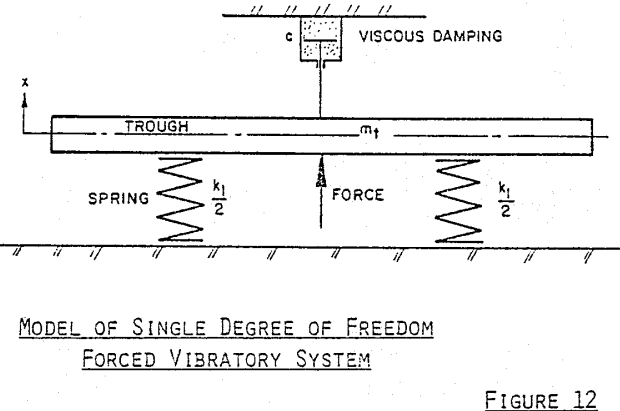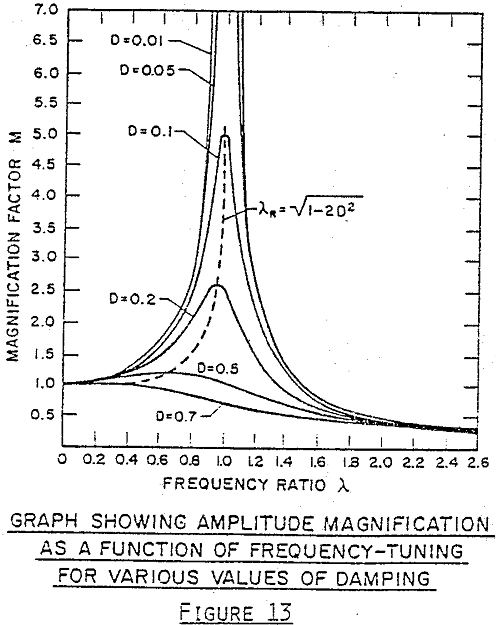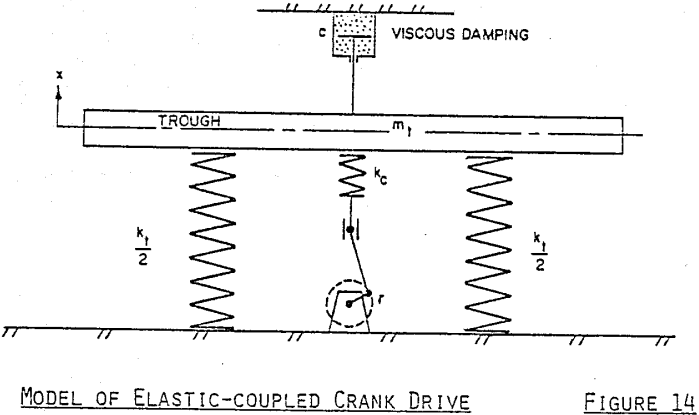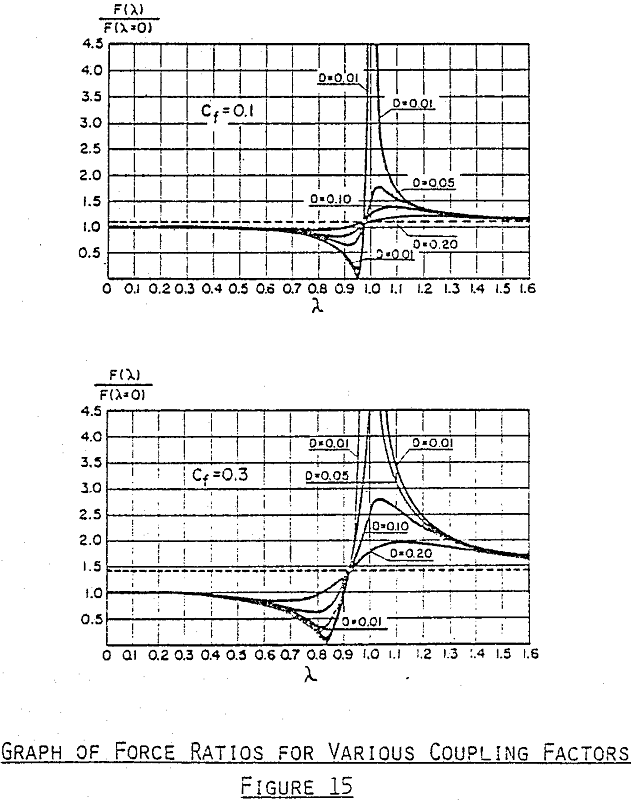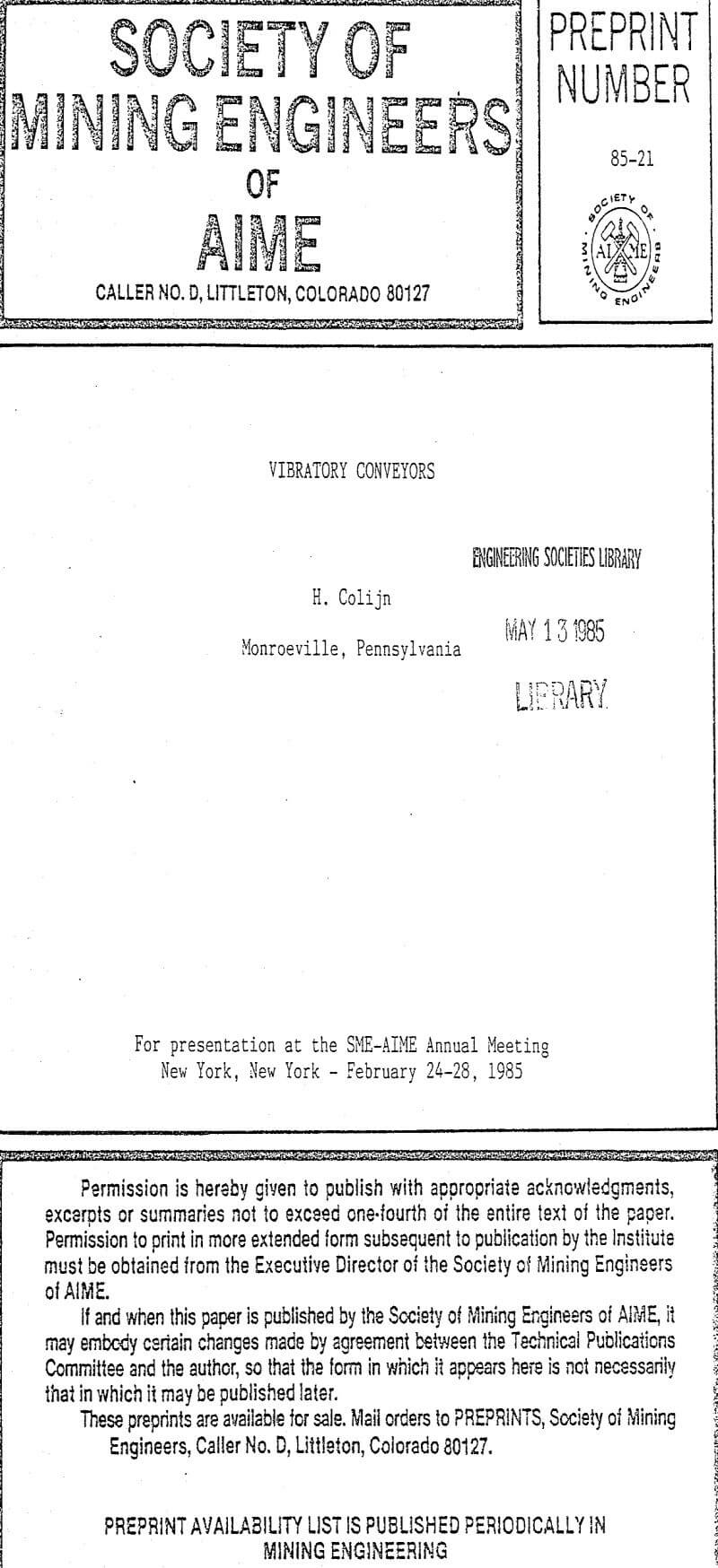Table of Contents
Vibratory or oscillating conveyors can be found in all types of industry, handling virtually any granular bulk material. They can be combined with other process functions, such as screening, cooling, drying and de-watering, while conveying. The conveyor can be covered and made dust-tight. Although construction and installation is relatively simple, the engineering and design analysis of the vibratory mechanics is very complex and even a simplified model requires much numerical work.
A typical schematic illustration of a simple vibratory conveyor is shown in figure 1, consisting of a carrying trough, supporting legs or springs and a drive system. The drive system imparts to the carrying trough an oscillating motion of a specific frequency and amplitude. The bulk material on the carrying trough is moved along the trough by means of the periodic trough motion. The stroke of the trough is equal to twice the amplitude of vibration.
Classification of Conveyor Types
Industrial equipment catalogs classify vibrating conveyors generally by their ultimate application, such as foundry-conveyors or grain-conveyors, or by their type of duty: light, medium, heavy and extra-heavy.
The equipment design required for a specific type of service is left up to the manufacturer. It would probably be more descriptive to classify or categorize vibrating conveyors by their drive system and/or constructive method.
Depending on the stroke and frequency desired, a choice can be made out of a number of exciter types.
Material Movement along Conveyor Trough
The analysis of the movement of bulk granular materials along the vibrating conveyor trough is a complex mathematical exercise, as it is influenced by many factors related to trough motion and material properties, such as:
Trough related :
Type of motion & stroke angle.
Frequency.
Amplitude.
Inclination angle.
Secondary vibrations in trough
Shape and smoothness of trough
Elasticity of trough liner
Presence of electrostatic charges.
Material related :
Bulk density.
Particle shape and size.
Size distribution.
Internal friction coefficient
Sliding friction coefficient.
Cohesive strength.
Internal damping.
Bed thickness.
Permeability.
Feeders on the other hand, are designed as rugged, relatively small pieces of equipment with great structural integrity and can withstand the high frequency oscillation.
Trough Amplitudes and Forces for Different Drive Mechanisms
The most common types of drive mechanisms are the
a. crank-type,
b. rotating weights – type,
c. electro-magnecic-type.
Each of these exciter drive mechanisms can be used in various arrangements of the trough, reaction-mass and springs.
Each of these arrangements will require different amplitudes, frequency ratios w/wn and exciter forces, and will result in different power consumptions.
Depending on the manufacturer, some difference of opinion exists as to the desirable frequency ratio w/wn. The closer w/wn is to 1 the larger the magnification factor for the amplitude, and therefore the flow rate of the solids. It would appear that one can increase solids flow rate without increasing the horsepower or energy consumption. This is not true. The old adage is still valid that you cannot have something for nothing. Factors such as material damping, spring hysteresis, motor drive characteristics, etc. influence the performance of the vibratory conveyor or feeder. Therefore, care should be exercised in not tuning the system (w/wn ratio) too close to 1.
A precise analysis of vibratory motion, computation of amplitude, forces and power requirement is very complex if all the parameters are incorporated. In order to permit the analytical computations, simplifying conditions are introduced with hopeful expectations that this would not affect the outcome too much. Manufacturers have usually the benefit of adding some ” fudge-factors” obtained from experimental testing.
The maximum power requirements of vibratory conveyors are quite often determined by the start-up force rather than by full-load running.
The design analysis of vibratory conveyors is a complex engineering venture. Unfortunately, not many plant operators are familiar with even the basics and consequently many errors are made, affecting the performance of the conveying equipment.
